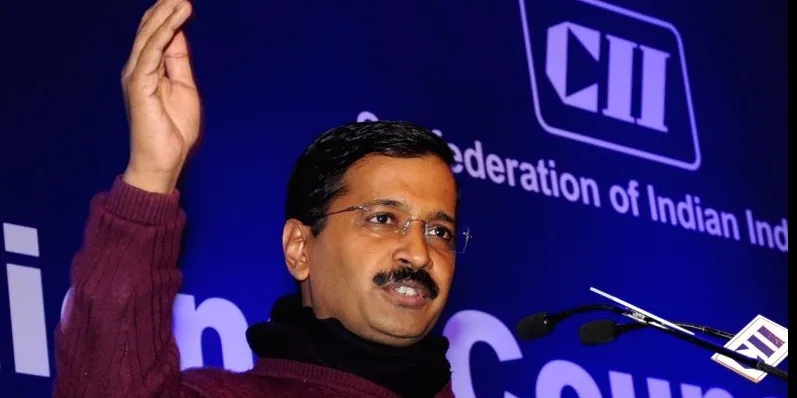

Startup lessons from AAP
Apolitical, entrepreneurial take on India's biggest crowdfunded startup

Image source: Prokerala.com
Disclaimer: I am an early AAP supporter. But, I have tried to be as objective as possible here.
AAP is India’s biggest crowdfunded startup. Its journey holds many valuable lessons for the startup community. Let’s cut to the chase. This post contains three segments – The journey, wins and improvements. Voters are referred to as customers, policies as offerings, states as markets and vote share as market share.
The journey:
1) India Against Corruption: A team of people from different backgrounds and a common vision came together and demonstrated a proof of concept. They were seeded.
2) Delhi elections (67/70): They achieved product-market fit and acquired enthusiastic early adopters. They were proclaimed as the ‘Next Big Thing’ and they believed it. They had a dream team, trusting investors and a brave leader. They seemed unstoppable.
3) Lok sabha elections: They entered all markets at once. The realistic plan was to ride the wave, gain visibility, establish physical presence and attain a minor market share. Arguably a bad move, they discovered a new market that was really interested, but wasn’t focused upon. It was Punjab !!
4) Punjab elections: Grassroots presence was established and campaigns began with full steam. New round of funding was raised from local strategic investors with know-how of ground realities. The offerings were new and fresh from legacy offerings of established players. But, the market chose to go with a non-incumbent established player. AAP was able to acquire roughly 20% market share.
5) Delhi by-election: Depleting market share and credibility in home market has jolted AAP. It’s candidate losing deposit is a clear indication that customers have lost trust in the product and are unlikely to renew the subscription. It’s time for a drastic change in the offerings or a sweet death.
Wins:
1) They focused on a small, niche market and proved the business model.
2) Customers in the market were the perfect fit. Cost of educating them was much lower. Customer acquisition campaigns were impressive with minimum spend and higher ROI.
3) They focused on solving customers’ problems and not just selling. Customers connected with the brand as the brand ambassadors were just like them and not some parachute celebrity.
4) Customers felt involved in the decision making. Major decisions were taken through surveys. They became the ambassadors of the AAP and their life time value was much higher.
5) Clear differentiation from competition. It wasn’t a clone product which would eventually trigger a price war.
Improvements:
1) Start small, stay lean and build: AAP allowed every Tom, Dick and Harry to join their team. It was the opposite of lean. Case in point, Captain Gopinath who was a member of AAP with no executive role. He always offered his “Constructive” criticism on Live TV debates.
2) Resist the temptation to go big over night: Grow by Word of Mouth initially, not PR. Some founders get PR done for their MVPs. No product is perfect and infinitely scalable, at least initially. Too much attention leads to too much scrutiny, often exposing the bugs, vulnerability of the product and inexperience of the team.
3) Let your customers speak for you: Every Ad, promotion of AAP had it’s founder talk about their achievements. Instead it should have had customer success stories, how AAP has changed their lives and why they vouch for them.
4) Don’t lose focus: The founder got distracted by every stone pelted at them. Major time was spent on pleasing critics and playing to the gallery.
5) Flat hierarchy and open culture: Success of the company is important than glory of the founder. Every stakeholder must be listened to before making a decision. Dissent must be dealt with, not crushed. Else it would lead to public brawls and exits.
6) Poor strategic partnerships and public endorsements: Associating with ‘lesser evils’ to fight the supposed demon is not a logical explanation.
7) Deliver results, not just projections: It’s been 3 years in market. In all fairness, key milestones like education and healthcare were met and exceeded expectations. But, major milestones like ‘putting the corrupt in jail’ were not even touched. ‘Getting rid of corruption’ was a vague and intangible milestone.
The customer experience which was promised has not been delivered. The investors are wary, paranoid and looking for an exit. The road ahead is challenging and it would be interesting to see how it unfolds.
If you can think of any other instances w.r.t AAP that relates to the startup journey, please feel free to add it in comments. Please let it be in good taste. The objective is not to criticize or troll here. I will add selected comments to the post.







